Dutch mediaeval master Bosch paintings 'likely imitations'
Hieronymus Bosch, The Seven Deadly Sins and the Four Last Things, around 1500. Oil on wood, 120 cm × 150 cm (47 in × 59 in). Museo del Prado, Madrid.
THE HAGUE (AFP).- Two famous paintings thought to be works of mediaeval Dutch master Hieronymus Bosch are likely to have been imitations painted around the same time, Dutch media reported on Saturday.
The works "Christ Carrying the Cross" (around 1515-16) and "The Seven Deadly Sins" (around 1500) "were made at the same time, but likely to have been made by imitators," public news broadcaster NOS said.
The conclusion was made after years of research by the Bosch Research and Conservation Project (BRCP), which since 2010 have been studying and documenting the early Dutch master's works, the NOS said.
Researchers were able to compare paintings using infrared reflectography, ultrahigh-resolution digital macro photography and other modern techniques, the BRCP said on its website.
"Together with the microscopic study of the paintings, all of this enabled us to write extensive research reports detailing the conditions of the works," it added.
The project's team includes researchers from Amsterdam's famous Rijksmuseum, Radboud University in Nijmegen and the University of Arizona in Tucson.
"Christ Carrying the Cross" currently hangs in the Museum of Fine Arts in the Belgian city of Ghent, while "The Seven Deadly Sins" is in Madrid's Prado Museum.
Both paintings have long been regarded as seminal works by Bosch, known for his love of fantastical angels and saints, diabolical monsters and devils and nightmares taken from Biblical themes.
"Bosch's works particularly influenced Bruegel in the 16th century... and in the 20th century were cited by the Surrealists as precursors of their own visions," London's National Gallery described Bosch's works.
The Netherlands -- and in particular the southern Dutch city of 's-Hertogenbosch, better known as Den Bosch, after which the painter is named -- is gearing for the 500th anniversary of his death next year.
The city's Noordbrabants Museum plans to stage an exhibition with one of the largest collections ever of Bosch's paintings on loan from the Prado, the Louvre in Paris, New York's Metropolitan Museum and Rotterdam's Boijmans Van Beuningen museum. © 1994-2015 Agence France-Presse
Hieronymus Bosch (circa 1450–1516), Table of the Mortal Sins, Seven Deadly sins [detail: Ira (Wrath)] from The Seven Deadly Sins and the Four Last Things, around 1500. Oil on wood, 120 cm × 150 cm (47 in × 59 in). Museo del Prado, Madrid.
Hieronymus Bosch (circa 1450–1516), Table of the Mortal Sins, Seven Deadly sins [detail: Superbia (pride)] from The Seven Deadly Sins and the Four Last Things, around 1500. Oil on wood, 120 cm × 150 cm (47 in × 59 in). Museo del Prado, Madrid.
Hieronymus Bosch (circa 1450–1516), Table of the Mortal Sins, Seven Deadly sins [detail: Luxuria (lechery/lust)] from The Seven Deadly Sins and the Four Last Things, around 1500. Oil on wood, 120 cm × 150 cm (47 in × 59 in). Museo del Prado, Madrid.
Hieronymus Bosch (circa 1450–1516), Table of the Mortal Sins, Seven Deadly sins, [detail: Accidia (sloth)] from The Seven Deadly Sins and the Four Last Things, around 1500. Oil on wood, 120 cm × 150 cm (47 in × 59 in). Museo del Prado, Madrid.
Hieronymus Bosch (circa 1450–1516), Table of the Mortal Sins, Seven Deadly sins, [detail: Gula (gluttony)] from The Seven Deadly Sins and the Four Last Things, around 1500. Oil on wood, 120 cm × 150 cm (47 in × 59 in). Museo del Prado, Madrid.
Hieronymus Bosch (circa 1450–1516), Table of the Mortal Sins, Seven Deadly sins, [detail: Avaricia (medieval spelling for Avaritia, greed)] from The Seven Deadly Sins and the Four Last Things, around 1500. Oil on wood, 120 cm × 150 cm (47 in × 59 in). Museo del Prado, Madrid.
Hieronymus Bosch (circa 1450–1516), Table of the Mortal Sins, Seven Deadly sins, [detail: Invidia (envy)] from The Seven Deadly Sins and the Four Last Things, around 1500. Oil on wood, 120 cm × 150 cm (47 in × 59 in). Museo del Prado, Madrid.
Hieronymus Bosch (circa 1450–1516), Table of the Mortal Sins, Four Last Things, [detail: “Death of a sinner”, Angel and Devil weigh a man's soul] from The Seven Deadly Sins and the Four Last Things, around 1500. Oil on wood, 120 cm × 150 cm (47 in × 59 in). Museo del Prado, Madrid.
Hieronymus Bosch (circa 1450–1516), Table of the Mortal Sins, Four Last Things, [detail: “Hell” and the punishment of the seven deadly sins] from The Seven Deadly Sins and the Four Last Things, around 1500. Oil on wood, 120 cm × 150 cm (47 in × 59 in). Museo del Prado, Madrid.
Hieronymus Bosch (circa 1450–1516), Table of the Mortal Sins, Four Last Things, [detail: Paradise, “Glory” or Heaven] from The Seven Deadly Sins and the Four Last Things, around 1500. Oil on wood, 120 cm × 150 cm (47 in × 59 in). Museo del Prado, Madrid.
Hieronymus Bosch (circa 1450–1516), Table of the Mortal Sins, Four Last Things, [detail: Last Judgment] from The Seven Deadly Sins and the Four Last Things, around 1500. Oil on wood, 120 cm × 150 cm (47 in × 59 in). Museo del Prado, Madrid.
Hieronymus Bosch, "Christ Carrying the Cross", around 1515-16. Oil on panel, 74 x 81 cm. Museum voor Schone Kunsten, Ghent.

/https%3A%2F%2Fprofilepics.canalblog.com%2Fprofilepics%2F1%2F0%2F100183.jpg)
/https%3A%2F%2Fstorage.canalblog.com%2F03%2F02%2F119589%2F96711876_o.jpg)
/https%3A%2F%2Fstorage.canalblog.com%2F11%2F31%2F119589%2F94773502_o.jpg)
/https%3A%2F%2Fstorage.canalblog.com%2F20%2F83%2F119589%2F94772815_o.jpg)
/https%3A%2F%2Fstorage.canalblog.com%2F26%2F72%2F119589%2F75604929_o.jpg)
/https%3A%2F%2Fstorage.canalblog.com%2F59%2F60%2F119589%2F26458628_o.jpg)


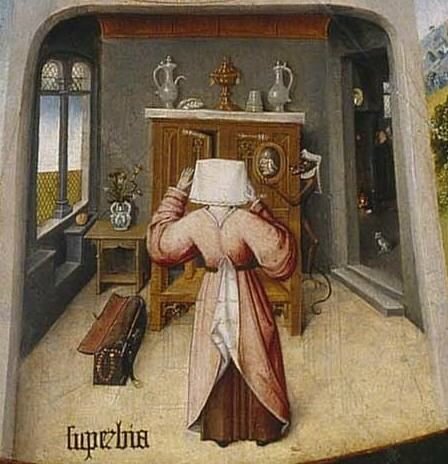


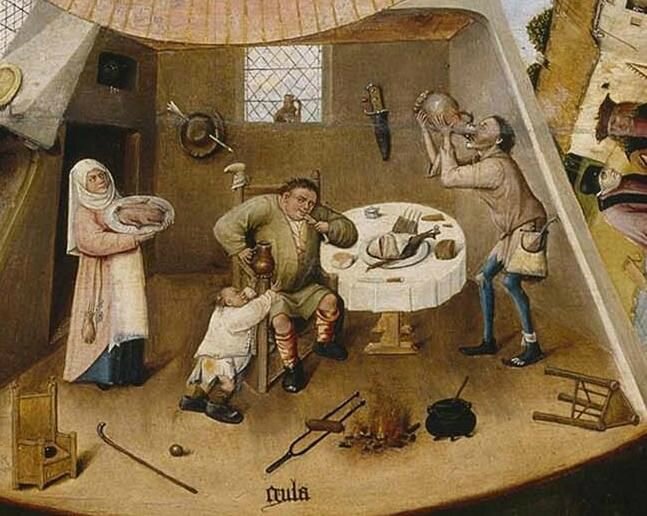
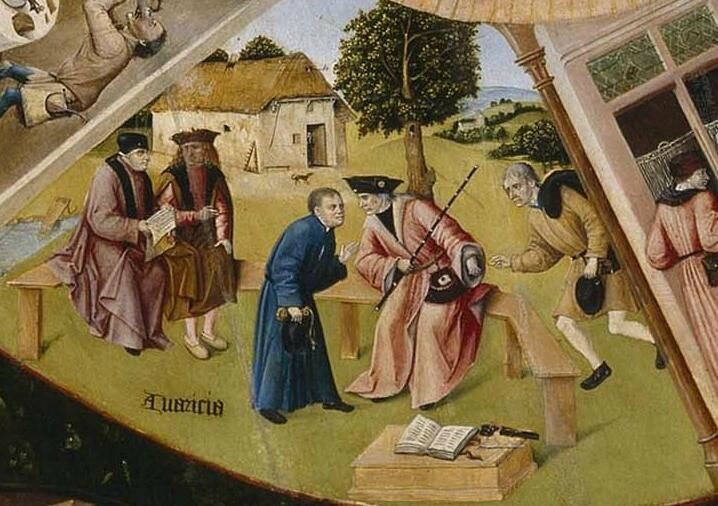
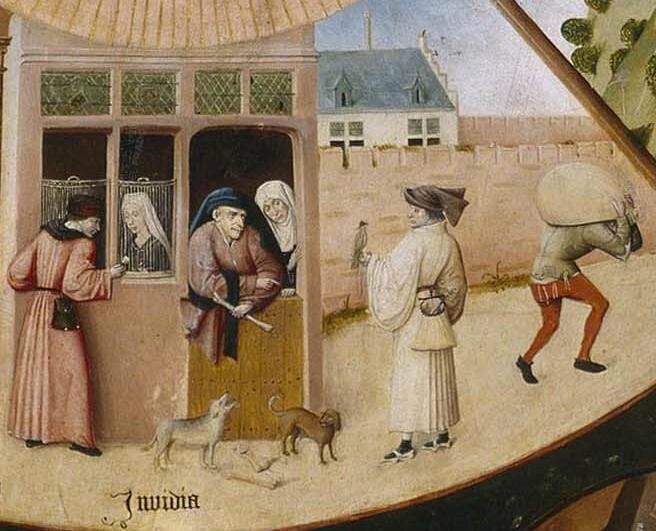

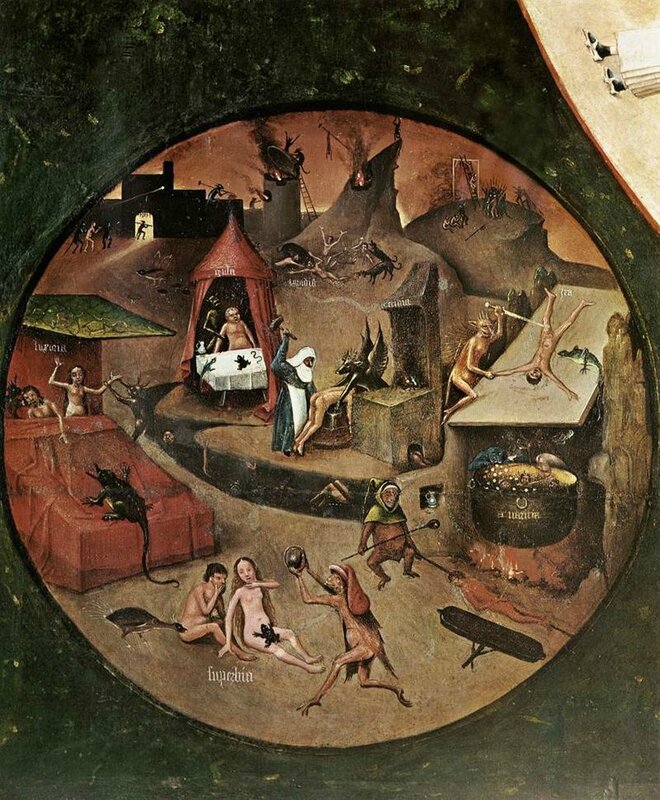

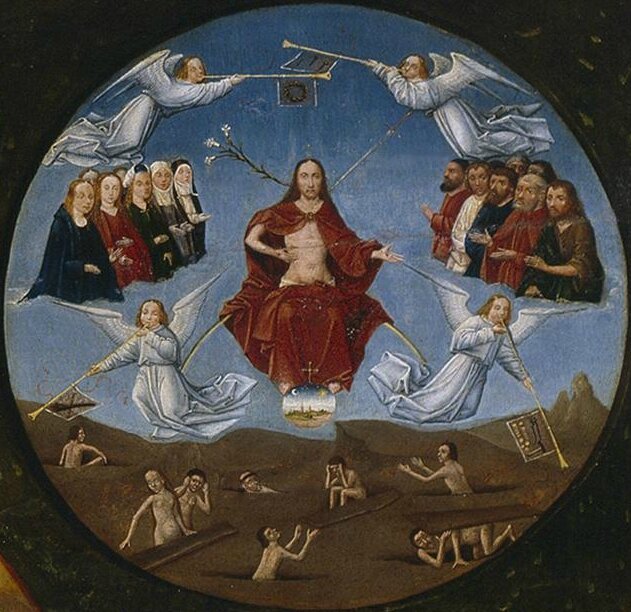
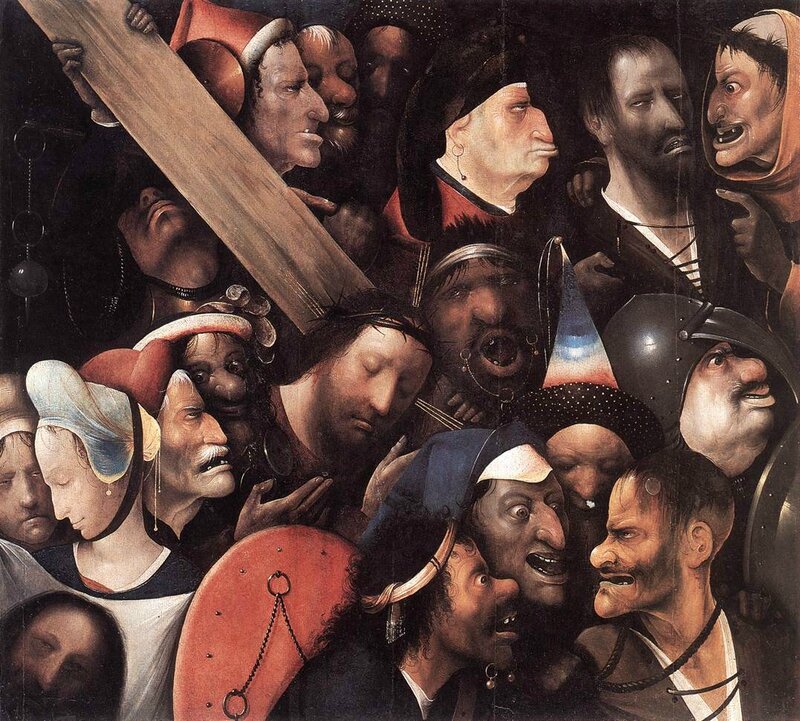


/image%2F1371349%2F20240320%2Fob_49ea54_ef017b925bca608ce809f99abdd4165f.jpg)
/http%3A%2F%2Fstorage.canalblog.com%2F30%2F95%2F119589%2F122146256_o.jpg)
/http%3A%2F%2Fstorage.canalblog.com%2F95%2F42%2F119589%2F121111574_o.jpg)
/http%3A%2F%2Fstorage.canalblog.com%2F75%2F46%2F119589%2F117726270_o.jpeg)